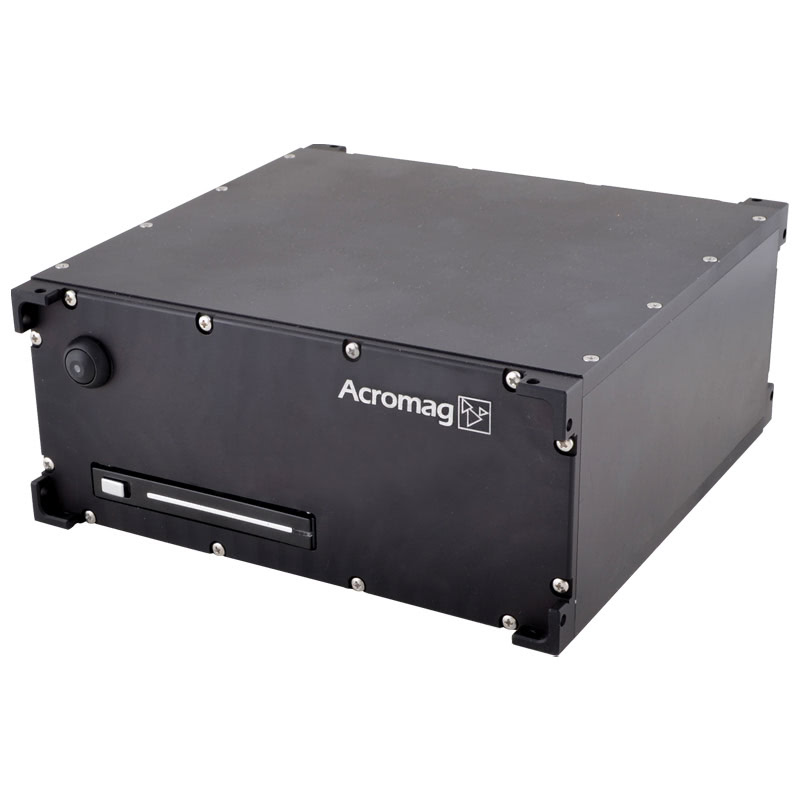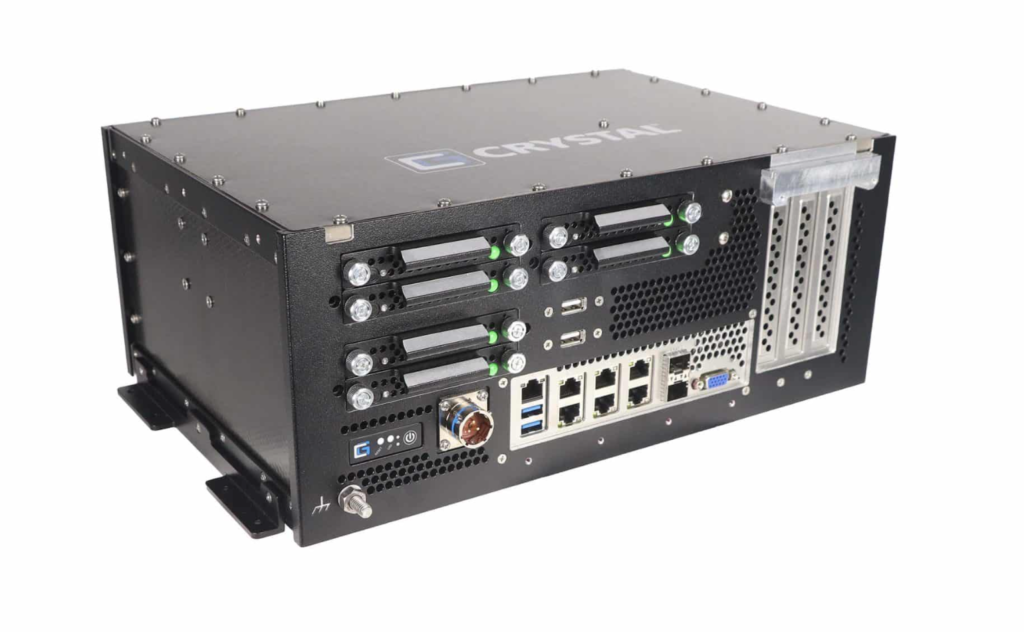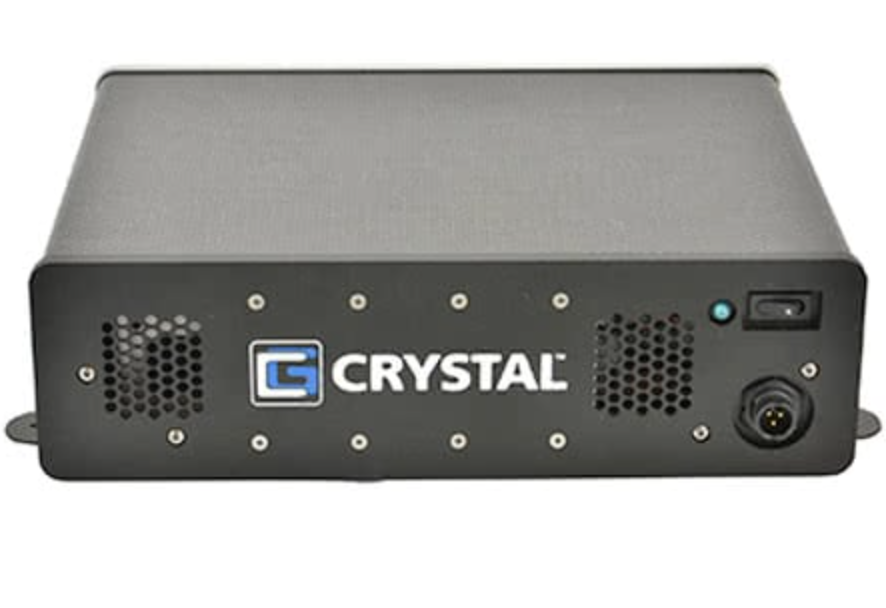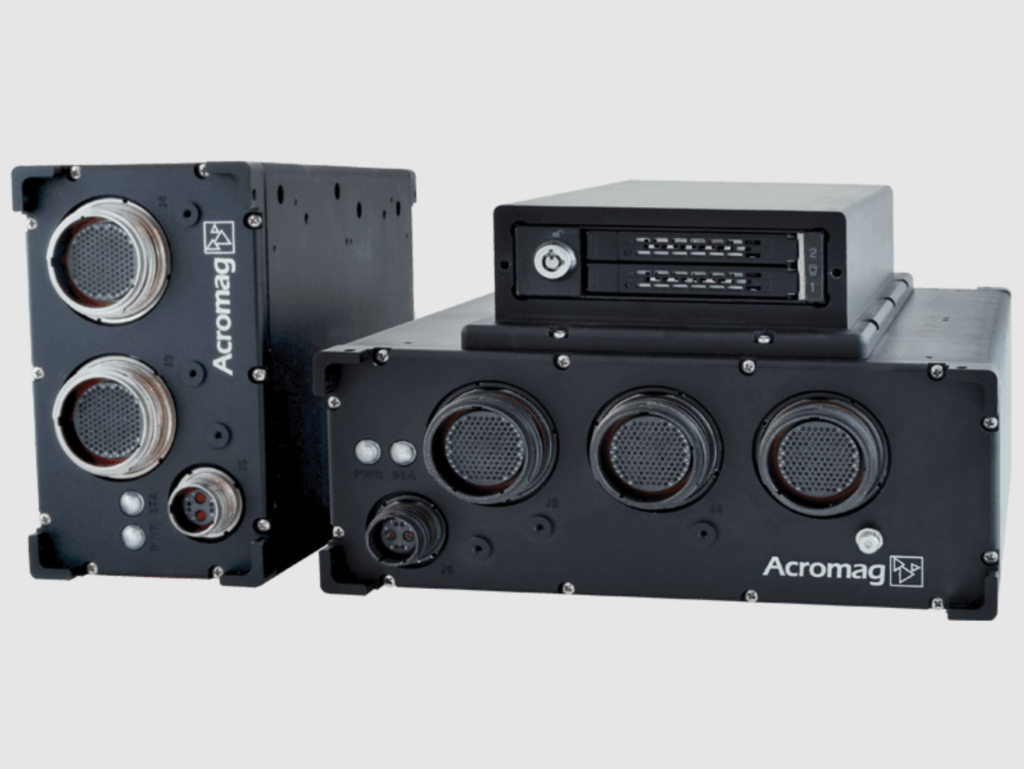What is an Embedded Computer
Embedded computers are integral to most embedded systems. They perform one singular function and are not standalone computers. There are many components that make up an embedded computer. These include the following:
1. Main chip
The main chip is the most important component of an embedded computer. That’s because it functions as a Central Processing Unit (CPU) or AKA Microprocessing Unit (MPU). CPUs can perform computational tasks but also require additional storage and I/O components. A CPU with these components in a single chip is a Microcontroller Unit (MCU). The Main chip can also function as an MCU.
MCUs are often less expensive but also perform at a lower power levels. That being said, low power capacity does not mean poor task performance. That’s because different embedded computers perform better for different tasks depending on whether they have a CPU or an MCU as the main chip. Furthermore, they don’t require a lot of power since they only perform a single task.
2. Embedded Computer Storage
Embedded computers need to store data such as their configurations, programming data, encryption information and more. Internal or External non-volatile memory stores this kind of information. Examples include HDDs (hard drives), SSDs (solid-state drives), EMMC chips and SD Cards.
3. RAM
RAM (Random-access memory) stores volatile memory. This is quick access data. This kind of memory wipes clean after shutdown. Additionally, like most computers, more RAM means a faster computer.
4. I/O Ports
Most embedded computers feature rich I/O ports. These ports connect them to new technology, legacy technology, devices, sensors and the internet.
Common I/O ports found on an embedded computer include:
- USB Type-A Ports
- Ethernet Ports
- Audio In/Out Ports
- Serial Communication Ports
- HDMI, DVI and DP Ports
- GPIO (General-purpose input/output) Ports
5. Performance Accelerators for Embedded Computers
Some embedded computers come with performance accelerators. Performance accelerators speed up workloads. Although not essential, they are ideal for AI, machine learning or deep learning workloads. Common performance accelerators include: GPUs (Graphics Processing Units), VPUs (Vision Processing Units), FPGAs (Field Programmable Gate Arrays) and NVMe Computational Storage Devices (CSDs).
6. Cooling Features
Embedded computers require a cooling feature. Heatsinks are the most common cooling method. For example, a heat sink disperses heat to an outer enclosure that dissipates the heat into the environment. Alternatively, fans cool more powerful computers with higher heat dissipation.
Why choose an Embedded Computer
Embedded computers are great for industrial, agricultural and military settings. They are part of a larger system and used for specific tasks. As a result, they can perform these tasks better than regular PC. Embedded Computers are also more robust. This means they can better perform and withstand environments that aren’t ideal for regular PCs. The following are reasons why someone would choose an embedded computer over a PC.
1. High Reliability and Robustness
Embedded computers operate 24/7 and last a long time. Embedded computers can also withstand demanding applications and extreme environments. This includes, rugged terrains, dust, water and extreme temperatures and weather.
2. Small Form Factor Size
Embedded computers are small. This allows them to be more versatile and portable. To achieve their small size, embedded computers often use smaller motherboards and their own innovative enclosures complete with cooling features.
3. Energy Efficiency
Embedded computers are very energy efficient. This is because they only work on single tasks. They are also lightweight and contain specified software. As a result, they require less power to run than a regular PC.
4. Rich I/O
Embedded computers come with a variety of I/O ports to connect them to both new and old technologies. This is advantageous to users wanting to connect their computer to a new or old sensor or module. I/O ports are almost always available and compatible with your technology.
Type of Embedded Computers
Here at Metromatics we carry a large range of embedded computers. Here are a few examples. To view our full range please click here.
Small Form Factor Rugged Embedded Computer ARCX1100

The Acromag ARCX1100 is a small form factor rugged embedded computer. It contains an Intel Atom CPU, with four I/O expansion slots for mini PCIe (AcroPack) Modules. This product is perfect for Defence and Industrial Applications as it SWaP optimised and the front ports offer easy access to gigabit Ethernet, USB, video, and COM signals. High-density connectors simplify interfacing field signals. To read more about this product please click here.
Rugged Embedded Computer RE1539

The Rugged Embedded Computer RE1539 is equipped with enhanced CPU technology and provides superior mission performance. This compact computer can also withstand extreme environments making it perfect for defence or harsh industrial applications. To learn more about this product, please click here.
Compact Rugged Embedded Computer RE0412

The RE0412 is a Compact Rugged Embedded Computer manufactured by Crystal Group.
The Rugged Embedded Computer RE0412 is equipped with superior CPU technology. As a result, it provides enhanced mission performance. This compact computer has advanced thermal management and a carbon fibre chassis. This unit has been field tested to withstand shock and vibration, extended temperature ranges along with harsh elements and harsh environments. To learn more about this product, please click here.
What is an Embedded System
Embedded systems and embedded computers are not the same thing. Embedded computers are the core of embedded systems. Furthermore, embedded systems also contain other features that allow them to perform functions within a larger system. These features include: sensors, interfaces and software.
Contact Us
For more information about our range of embedded computers, please contact us here.
